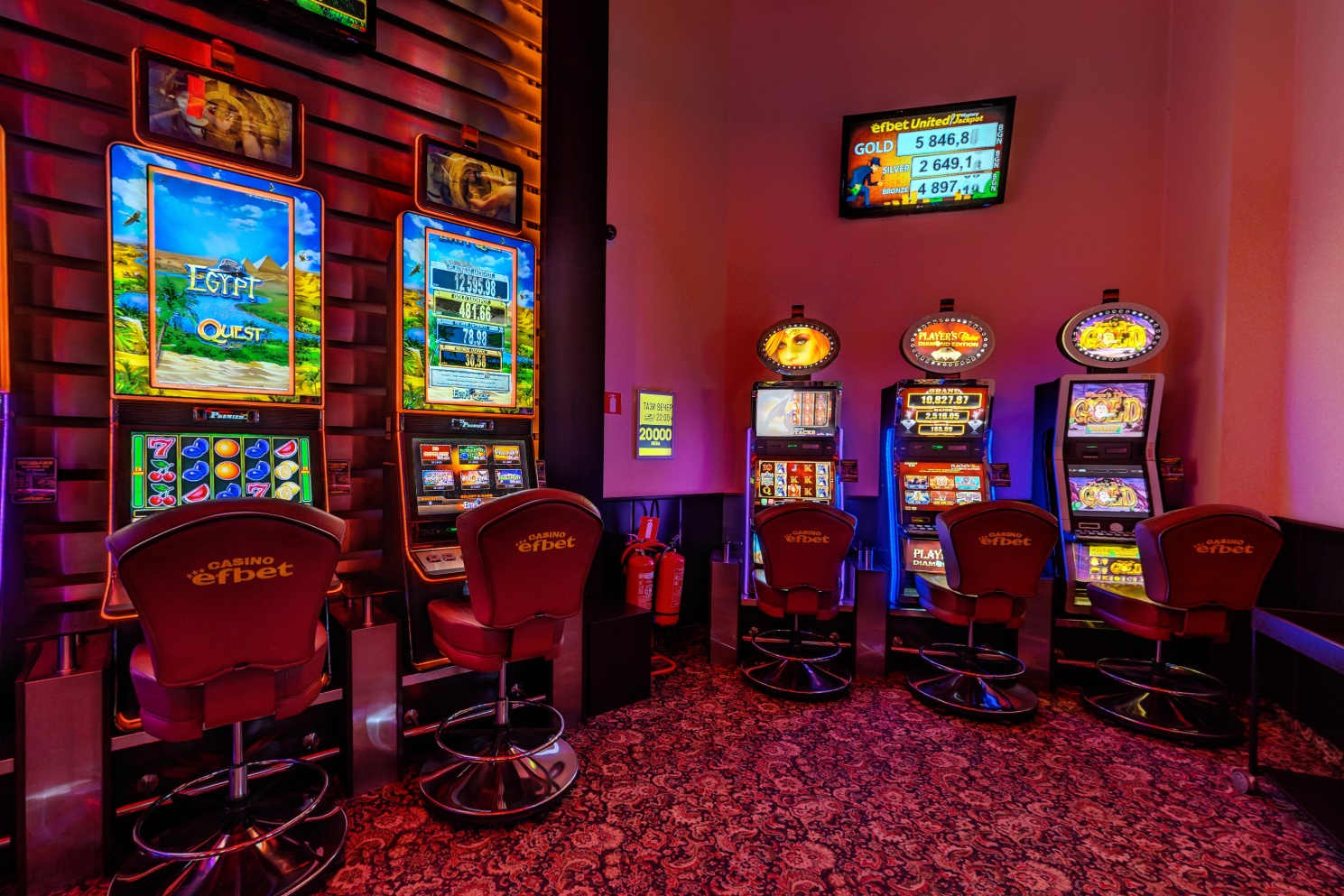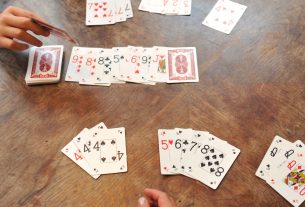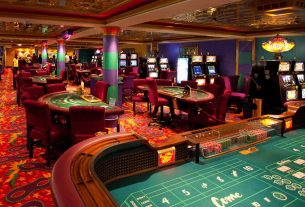Blackjack involves quite a lot of strategy combined with some luck on your part. The rules are easy, but to win in the long-run you have to follow a strategy. This article includes the basic strategy card (at bottom) and explains how it works. Basic strategy, which is the actual name given to this method of play, tells the player what to do depending on what cards they and the dealer have. Because the basic strategy, if followed exactly can reduce the house edge to near 0%, casinos often use multiple decks which raises the house edge back to 1% even when basic strategy is used.
Because it is much easier to win when playing basic strategy with a single deck of cards, you won’t often find a one deck blackjack game in a casino. The most common is 3 decks, but here we will explain the probability of a 1 deck game and how it works because factoring in the other decks makes it a lot more complicated.
The system works by taking know factors (your two cards and the dealer’s up-card) then applying probability to see the likelihood of the dealers down (hole) card and each hit card. There are 13 different cards, so a 1 in 13 chance that any of these cards will be drawn.
If the dealer has a 9 as his up-card, then this is the possible outcome of his hand when the hole card is turned:
In this example, 7/13 hands have a value more than 17. If person playing the dealer sticks on any number under 17 then there is a 7/13 chance that he will lose straight away and 6/13 chance that he will win. That is more than 50% chance that he will lose, so that is why the player must hit on any number under 17 in this case (dealer 9).
On the basic strategy card this probability helps you decide when to hit and stick on a certain hand.
There is much more to consider than this though. The dealer will have to hit until his total reaches 17 or greater. This means that the initial value of the dealers hand will have to be hit to reach 17 if it doesn’t after turning their hole card.
Now using the example of the dealer having an up-card of 3, the possible values of the whole card are 5 to 14. There is just over 7 percent chance of each of these happening except the value 13, of which there is just over 30 percent because there are 4 cards of value 10 for each suit (10, J, Q, K). In all of the cases we have, the dealer would have to take a second hit because none of those values would equal 17. There are 169 outcomes after the first hit.
In 24, or 14.2 percent of those hits, the dealer will be bust.
In 65, or 38.46 percent of those hits, the dealer will have a hand of 17 or over to stand on.
In 80, or 47.34 percent of those hits, the dealer will still have a value of under 17 and will have to hit again.
The outcomes of the hits of the 47.34 percent of hands that are still under 17 will then have to be calculated. In a multi-deck game, the number of hits could be up to 9 if the lowest possible cards are drawn: Initial card 3 and hole card 2, then 2, 2, 2, A, A, A, A, A, A = 17. From each of these extra hits, the likely resulting value must be multiplied by the likelihood that the hit would need to be taken and then added to the original total.
As that looks, all that is very complicated, but the outcomes are as follows:
The hand of the player must also be calculated. This is done in the same way as the dealer’s hand above, accept that we already know the value of the 2nd card, so we do not need to calculate the first step. We need to know the outcomes of all possible hits to know if hitting is giving you or the dealer the advantage. If you have a three-ten 13, then these are the probabilities of your outcomes:
After this, when deciding if to hit or to stand, the outcome of the dealer’s and player’s hand has to be compared:
The dealer has a more likely chance of winning every hand, so the player would only win in the 37.64 percent of cases where the dealer busts.
So the possible outcomes of the player’s chances of winning are:
1) The dealer busts and the player doesn’t – 18.08%
2) The dealer draws a 17 from the deck and the player draws higher – 5.19%
3) The dealer draws a 18 from the deck and the player draws higher – 3.74%
4) The dealer draws a 19 from the deck and the player draws higher – 2.40%
5) The dealer draws a 20 from the deck and the player draws higher – 1.20%
This equals a 30.61% chance of beating the dealer’s hand. Comparing this to the 37.64% chance that the dealer will go bust, there is more chance of winning by sticking on a hand of 13.
Part 2 will explain the other factors in the game that Basic Strategy is based on.



